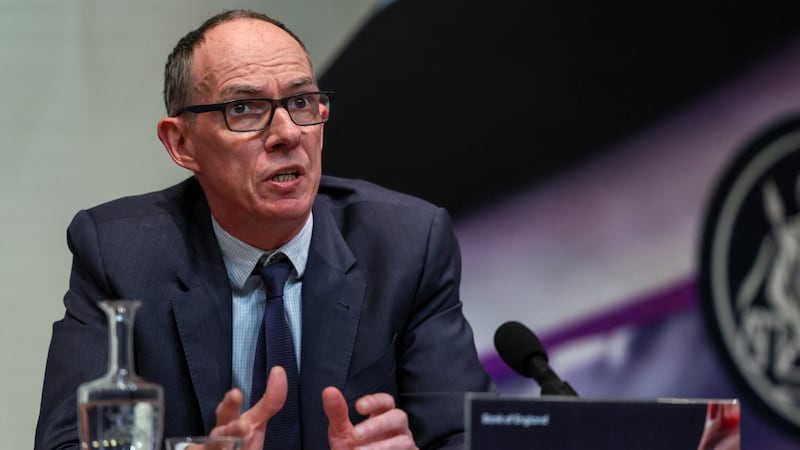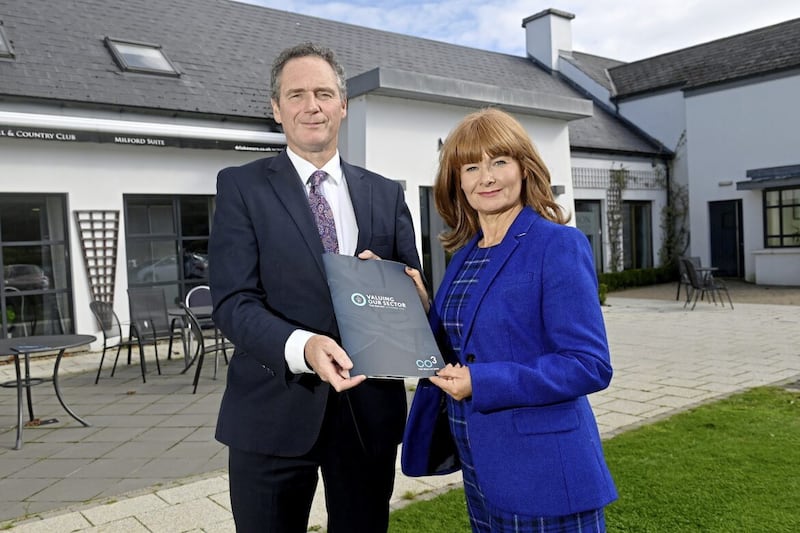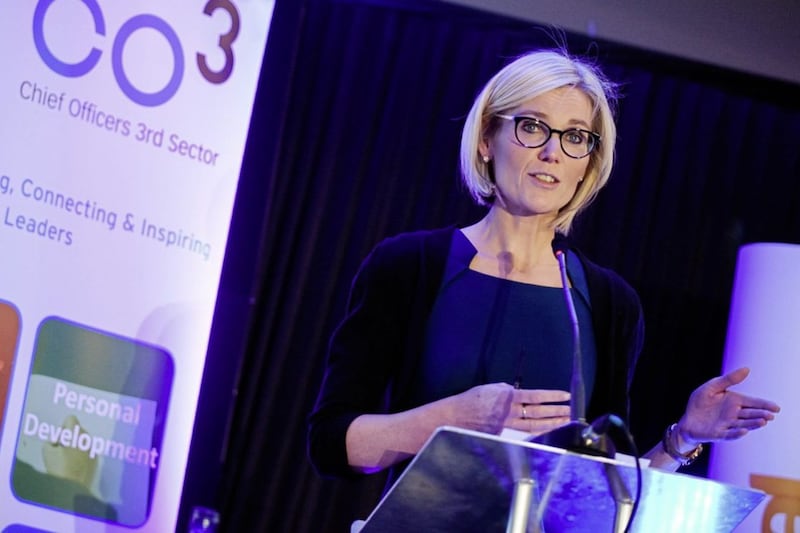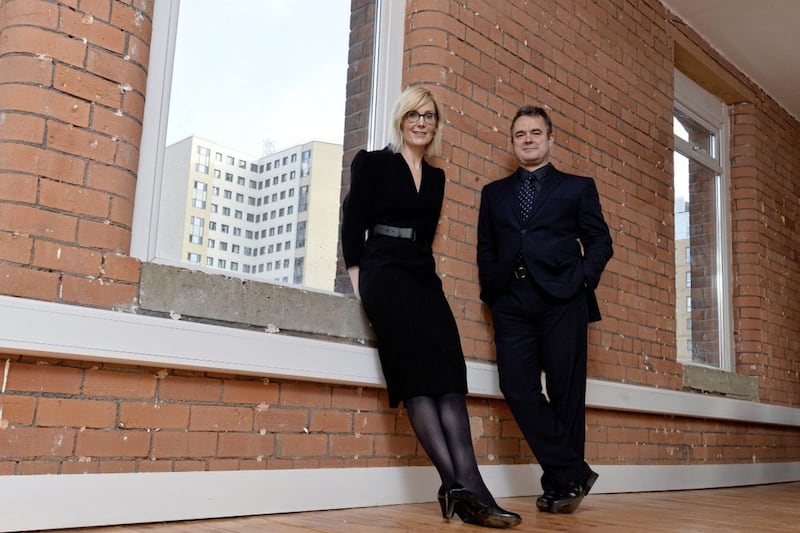CHARITIES in the north are facing increased financial pressures, which is heightened as demand for services maintains its sharp incline and reductions in government funding continue, new research suggests.
And with uncertainty over where the next tranche of financial support will come from, the outlook for the year ahead for the third sector is looking particularly gloomy, according to the latest Ulster Bank/CO3 index, which garners the views of the leaders of some of Northern Ireland’s largest charities and social enterprises.
Any glimmer of optimism recorded in quarter three concerning outlook for turnover expectations was short-lived. Then, 47 per cent expected turnover to increase in the 12 months ahead, but this has slumped to just 34 per cent.
Now, 52 per cent of third sector leaders indicated their organisation is facing financial pressures. They cited a variety of reasons for the strain, including pressure meeting National Joint Council (NJC) salary uplifts.
Last February, Unison’s national pay committee voted in favour of a two per cent pay offer, one the committee had narrowly voted to reject the previous month. NJC pay scales are used widely in the voluntary and community sector.
Other sources of financial pressure included general overheads (21 per cent), pay settlements (11 per cent), redundancies (10 per cent) and a downturn in funding or contracts (5 per cent).
In the shadow cast by financial pressures was yet another significant spike in demand for services. A recurring theme throughout 2018, three in five (61 per cent) reported an increase in service demand.
The latest index reports ups and downs in tandem, but it was largely the challenges facing the sector on the rise and positive outlook within the sector on the decline, bar a few noted exceptions.
Three quarters (76 per cent) described their organisation’s cash flow as stable. While 13 per cent experienced an increase in funding from government, almost a quarter reported a reduction.
Percentage of income originating from public donations rose in the last quarter for 26 per cent of third sector organisations, increasing by 12 per cent on the previous quarter.
Linked to the Brexit withdrawal agreement, Secretary of State Karen Bradley announced a £300m fund from the UK government to support cross-border peace-building projects.
But given the potential for the UK to leave the EU without a deal this adds to existing funding concerns in the sector.
Three quarters of third sector leaders believe a no-deal scenario may lead to a decrease in fund-raising income due to economic downturn, and 62 per cent state no-deal may threaten their cross-border collaborations.
Nora Smith, chief executive of CO3, says: “Last year was one of demand for the third sector. It was demanding on services and financially demanding.
"As the pool of funding drained the sector continually adjusted to retain its vital services, without neglecting quality in the delivery of these services. Such uncertainty surrounding funding fashions an increasingly challenging environment for the sector to operate in.
"The final quarter of 2018 was less than ideal for the sector. Outlook for the year ahead is likely to follow suit as economic and political expectations dwindle.”
Ulster Bank chief economist Richard Ramsey said: “Yet again, the third sector has experienced a marked increase in demand for its services; a common thread throughout the past year.
"Often, this increased demand is accompanied by a reduction in public funding and strain on resources as a result – employment levels, retaining skilled employees, overheads.
"Two-and-a-half years after the referendum vote, with the finish line in sight, apprehension hasn’t receded either with mounting pessimism for Northern Ireland’s political and economic outlook.”






